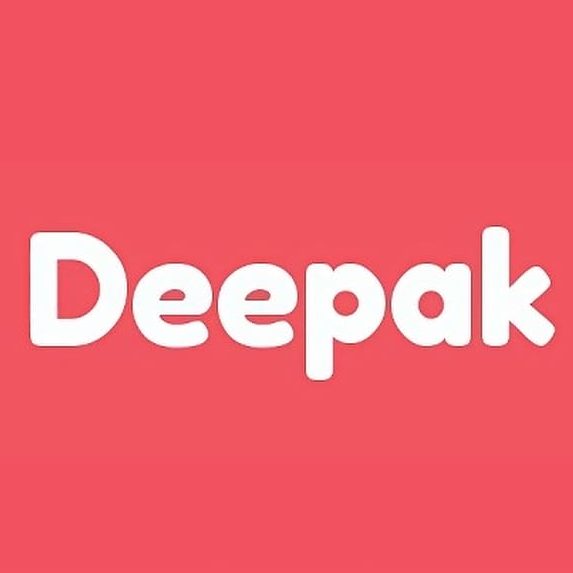My initial experience with an e-reader was not with a Kindle, but with a Nook. The Nook had a 6-inch 167 ppi E-Ink display and a small, not very impressive, yet thrilling LED display underneath. It had features like a headphone jack, Wi-Fi, and a built-in music player. It arrived on the market a year before the iPad, and it felt like a revolutionary device. It bridged the gap between my smartphone and computer perfectly. However, Barnes & Noble’s e-reader division lost its identity as Amazon aggressively competed with cheaper e-readers.
Fast forward to the present, Barnes & Noble is now privately held and under the leadership of CEO James Daunt. Daunt was brought in to save the company from high rent costs, declining sales, and the competition from Amazon. Daunt’s approach to revitalizing the company is ironic; he aims to give control to store managers and restore the independent spirit that Barnes & Noble once suppressed. The Wall Street Journal recently published an intriguing profile of the company’s journey to compete with Amazon while maintaining its unique identity.
The profile does not mention Barnes & Noble’s Nook business, which is probably for the best. The Nook devices, particularly the E-Ink readers, have an outdated appearance compared to other sleek and slim e-readers on the market. The Nook Glowlight 4, for example, looks like it belongs in 2012. Despite CEO Daunt’s intention to revive the Nook, the recent releases have been underwhelming. The flagship Nook Glowlight 4 is slightly pricier than the Kindle and cheaper than the Kobo, but it lacks some features. However, it does have page-turning buttons which some readers may appreciate. The Nook Glowlight 4e sacrifices even more features to keep the price low, resulting in a lower quality reading experience.
In September, Barnes & Noble will release the GlowLight 4 Plus in an attempt to turn things around. This device boasts waterproofing, a headphone jack, Bluetooth capabilities, 32GB of storage, and a front-lit E-Ink display with a resolution of 300ppi and color temperature control. It may not be as groundbreaking as the first Nook from 2009, but it shows more promise compared to Amazon’s offerings at a similar price point. However, the Nook devices still have a somewhat outdated and unappealing design, making it challenging to convince Kindle users to switch over unless they have a strong desire to break away from Amazon or enjoy physical buttons.
Additionally, the Nook lineup includes some features that could be compelling, such as accessing library books. However, it requires a USB cable and Adobe software, which adds unnecessary complexity. In contrast, Kindle users can receive books directly from Overdrive, and Kobo devices have Overdrive built-in. From an outsider’s perspective, it is unclear how Barnes & Noble’s reinvigoration efforts are affecting the company financially, but it seems challenging to gain substantial market share with a small niche of anti-Amazon customers and loyal Nook users. Adding to the challenge, Barnes & Noble must also compete with Kobo, which analysts estimate controls a smaller percentage of the ebook market compared to Amazon.
To stand out in a market dominated by Amazon, Barnes & Noble must differentiate itself beyond lackluster design and physical buttons. It would be interesting to see Amazon release an Android E-Ink tablet to cater to non-American markets where there isn’t a virtual monopoly. Personally, I find Onyx Boox’s lineup of Android E-Ink tablets appealing. However, the software experience can be lacking, and many Android applications are not optimized for E-Ink displays with slow refresh rates. This creates friction that is non-existent on traditional tablets or smartphones. On the other hand, Barnes & Noble offers a pleasant app experience that could potentially alleviate these issues. Imagine an e-reader that supports the Barnes & Noble store while also allowing access to the Kindle library, the Libby app, or the Pocket app. Amazon and Kobo prioritize keeping users within their ecosystems, but Barnes & Noble prides itself on its independent spirit. This philosophy should extend to its e-readers as well.
Denial of responsibility! SamacharCentrl is an automatic aggregator of Global media. In each content, the hyperlink to the primary source is specified. All trademarks belong to their rightful owners, and all materials to their authors. For any complaint, please reach us at – [email protected]. We will take necessary action within 24 hours.

Deepak Sen is a tech enthusiast who covers the latest technological innovations, from AI to consumer gadgets. His articles provide readers with a glimpse into the ever-evolving world of technology.

/cdn.vox-cdn.com/uploads/chorus_asset/file/23660522/svasani_220628_5320_0006.jpg)
